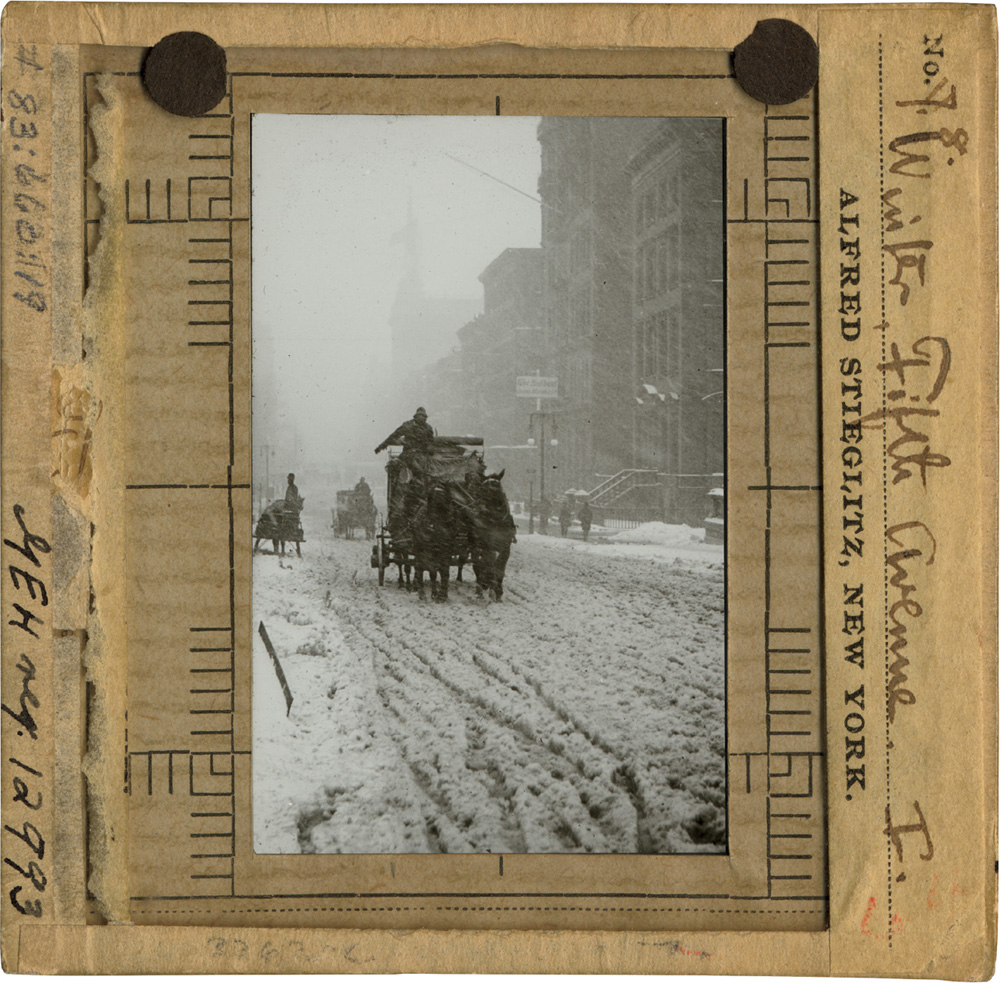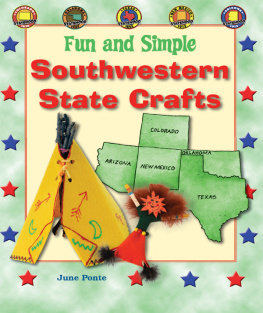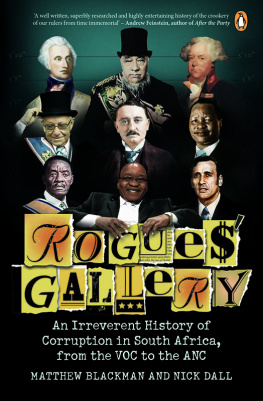Wittliff Gallery of Southwestern - Road to Seeing
Here you can read online Wittliff Gallery of Southwestern - Road to Seeing full text of the book (entire story) in english for free. Download pdf and epub, get meaning, cover and reviews about this ebook. City: United States, year: 2014, publisher: Pearson Education Limited (US titles);New Riders, genre: Non-fiction. Description of the work, (preface) as well as reviews are available. Best literature library LitArk.com created for fans of good reading and offers a wide selection of genres:
Romance novel
Science fiction
Adventure
Detective
Science
History
Home and family
Prose
Art
Politics
Computer
Non-fiction
Religion
Business
Children
Humor
Choose a favorite category and find really read worthwhile books. Enjoy immersion in the world of imagination, feel the emotions of the characters or learn something new for yourself, make an fascinating discovery.

- Book:Road to Seeing
- Author:
- Publisher:Pearson Education Limited (US titles);New Riders
- Genre:
- Year:2014
- City:United States
- Rating:3 / 5
- Favourites:Add to favourites
- Your mark:
- 60
- 1
- 2
- 3
- 4
- 5
Road to Seeing: summary, description and annotation
We offer to read an annotation, description, summary or preface (depends on what the author of the book "Road to Seeing" wrote himself). If you haven't found the necessary information about the book — write in the comments, we will try to find it.
Road to Seeing — read online for free the complete book (whole text) full work
Below is the text of the book, divided by pages. System saving the place of the last page read, allows you to conveniently read the book "Road to Seeing" online for free, without having to search again every time where you left off. Put a bookmark, and you can go to the page where you finished reading at any time.
Font size:
Interval:
Bookmark:
DAN WINTERS

ROAD TO SEEING
DAN WINTERS
NEW RIDERS
1301 Sansome Street
San Francisco, CA 94111 415-675-5100
Find us on the Web at newriders.com
To report errors, please send a note to
New Riders is an imprint of Peachpit, a division of Pearson Education
COPYRIGHT
2014 by Dan Winters
PHOTOGRAPHY
Dan Winters except where noted (see The Plates)
ART DIRECTION AND DESIGN
Andrew Massiatte Lpez and Dan Winters
EDITORS
Ted Waitt and James Hughes
DIGITAL PHOTO PRODUCTION
Travis Smith
PRODUCTION EDITOR
Lisa Brazieal
NOTICE OF RIGHTS
All rights reserved. No part of this book may be reproduced or transmitted in any form by any means, electronic, mechanical, photocopying, recording, or otherwise, without the prior written permission of the publisher. For information on getting permission reprints and excerpts, contact .
NOTICE OF LIABILITY
The information in this book is distributed on an As Is basis without warranty. While every precaution has been taken in the preparation of the book, neither the author nor Peachpit shall have any liability to any person or entity with respect to any loss or damage caused or alleged to be caused directly or indirectly by the instructions contained in this book or by the computer software and hardware products described in it.
TRADEMARKS
Many of the designations used by manufacturers and sellers to distinguish their products are claimed as trademarks. Where those designations appear in this book, and Peachpit was aware of a trademark claim, the designations appear as requested by the owner of the trademark. All other product names and services identified throughout this book are used in editorial fashion only and for the benefit of such companies with no intention of infringement of the trademark. No such use, or the use of any trade name, is intended to convey endorsement or other affiliation with this book.
ISBN-13 978-0-321-88639-2
ISBN-10 0-321-88639-9
9 8 7 6 5 4 3 2 1
Printed and bound in the United States of America

For Brett with love and gratitude.
My purpose in writing this book is rooted in a desire to share, on a human level, some of the moments in my life that have significance to me as a photographer, and as a man.
While all of lifes moments are sacred, our ability to perceive their subtleties is often elusive. Perception can be achieved with a modicum of effort when we allow ourselves to stop. When we cease to do and allow ourselves to be, we can fully savor the moments as they flow over us.
I have found that Im able to see much more clearly when Im doing the least. Being conscious is the key to seeing. By being aware of what is around us, and then noticing that awareness, we allow our vision and perception to grow. Its very difficult to do this on a regular basis. Stillness is a life practice. At times I will catch myself unconsciously spinning my wheels, and then consciously try to center myself and observe.
A rock would seem to be the embodiment of stillness, and yet, on an atomic level, the rock is in constant motion. Our inability to perceive this movement is irrelevant to the truth about what is occurring within the rock.
Photographs are one of mankinds most profound expressions of stillness. They allow us the ability to hold time in our hands and facilitate a merging with time that exists in no other form.
A photograph does not require any information beyond the confines of the frame. The moment the shutter is tripped, the information captured on the light-sensitive surface alone comprises the image. Viewers may want to peer beyond the edges in search of context, but it is the nature of the photograph to deprive them of this experience. If the photographer does not provide a backstory, the viewers may find themselves creating their own; however, the stories are the product of their thoughts and not related to the actual story contained within the photograph.
The first time I recall having the impulse to create context for a photograph was when, as a young photographer, I saw Cartier-Bressons 1932 image Behind the Gare Saint-Lazare. This remarkable photograph captures a man playfully jumping into a water puddle, mid-leap. His reflection seems almost to mock him as he hovers above the water. The more I studied the photograph, the more I began to wonder how such a moment could have existed without the collaboration of the subject. Was Bresson simply walking down the street and, as the scene unfolded before him, his instincts and agility were so precise that he was able to preserve the fleeting moment for the world to see? Or was the man in the picture a participant, collaborating with the photographer to co-author the image? If so, is the photograph no longer valid? Is it a counterfeit moment? Or worse, a lie?
The picture is so wonderful that it really needs no story. It just is, and that should have been enough for me. At the time, though, I needed to know how this type of image was created. I feared, as a photographer, I would never see anything so wonderful. If the scene, with no premeditation, materialized out of the ether, would I be granted the same opportunity to capture it? Would the photo gods smile on me one day and drench the surroundings in beautiful light and allow my exposure and focus to be set just as a man dressed head to toe in dark clothes scurried across a crystal-clear puddle? Furthermore, presented with this opportunity, whether real or manufactured, would I have the ability to see the potential of the situation and trip the shutter at the precise moment that would result in a masterpiece?
I now find peace in the realization that countless potential masterpieces happen each moment the world over and go unphotographed.
The world owes a great debt to all those who have, from a state of exceptional awareness, preserved stillness for us to hold.
THE WORLD OWES A GREAT DEBT TO ALL THOSE WHO HAVE, FROM A STATE OF EXCEPTIONAL AWARENESS, PRESERVED STILLNESS FOR US TO HOLD.
NOTHING BEHIND ME, EVERYTHING AHEAD OF ME, AS IS EVER SO ON THE ROAD.
JACK KEROUAC
In the 1960s and 70s, ones ability to access information was usually confined to the Dewey Decimal System. My main source of information was the library, and I spent countless hours there, poring over books on myriad subjects. My family lived about seven miles from Moorpark, California, a typical small town with a population of just under 3,000, according to a 1970 census report. My high school graduating class was made up of 73 students, most of whom Id known since kindergarten.
The area was rural. Once a week the Bookmobilea delivery truck with a library insidestopped down the road from our house. It was one of the highlights of my week. The subjects I gravitated toward invariably involved space travel, aeronautics, insects, and warfare. The American Heritage series on the history of warfare was among my favorites. Like many American households of the time, we had a full set of the Funk & Wagnalls New World Encyclopedia, which I all but memorized.
As for television, we were subservient to the programmers, both on the network and the local levels, to deliver content. When the TV antenna on our roof was properly oriented, we could usually get a serviceable picture from the seven stations broadcasting in our area. My father was a welder and fabricator, and he concocted a device that could rotate the aerial in order to get a good picture on the screen without having to go onto the roof, as was the lot for most pre-cable Americans in those times when
Font size:
Interval:
Bookmark:
Similar books «Road to Seeing»
Look at similar books to Road to Seeing. We have selected literature similar in name and meaning in the hope of providing readers with more options to find new, interesting, not yet read works.
Discussion, reviews of the book Road to Seeing and just readers' own opinions. Leave your comments, write what you think about the work, its meaning or the main characters. Specify what exactly you liked and what you didn't like, and why you think so.





